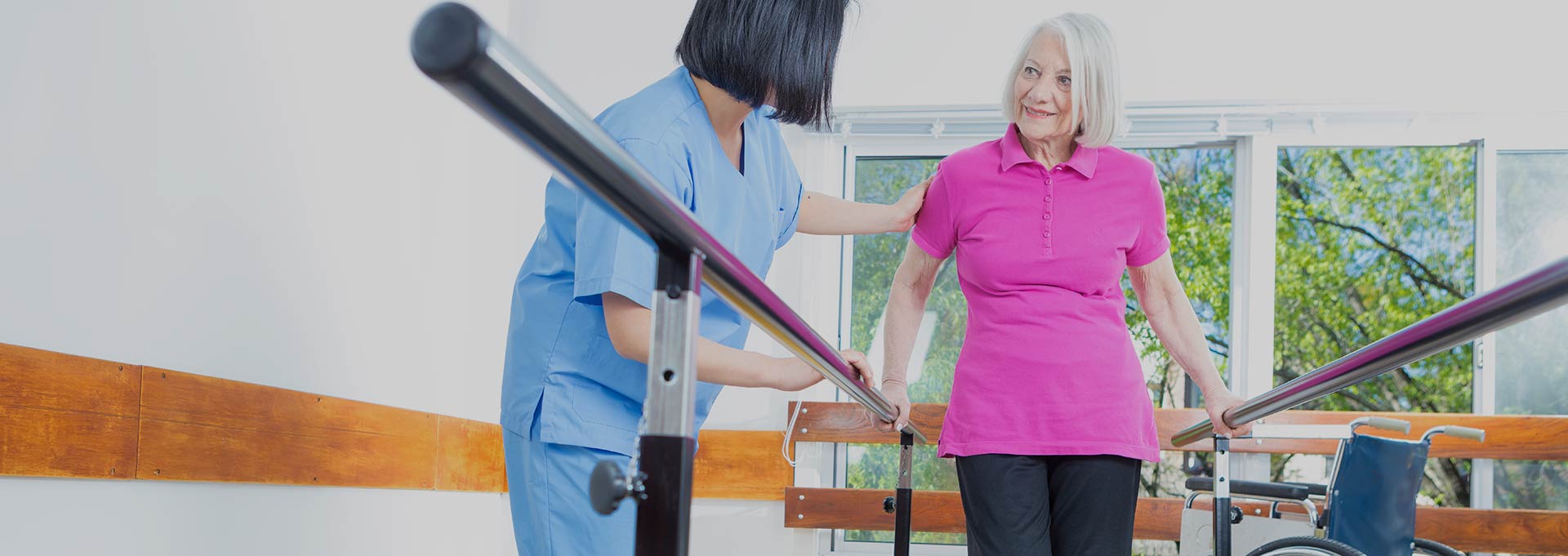Managing Chronic Pain
Coping Strategies For Living With Chronic Pain
More than 130 million Americans suffer from chronic, or frequently occurring, pain. Chronic pain creates both physical and psychological problems that affect whether a person can engage in meaningful activities each day. Pain can decrease a person’s strength, coordination and independence in addition to causing stress that may lead to depression.
With the help of physical or occupational therapy, people with chronic pain can learn to manage the physical and psychological effects and lead active and productive lives. Many people with chronic pain already have received treatment with medication, surgery, heat, cold, nerve stimulation and massage. What many have not yet learned is how management of daily activities and lifestyle can contribute to successful, long-term coping with pain.
What can a physical or occupational therapist do?
- Identify specific activities or behaviors that aggravate pain and suggest alternatives.
- Teach methods for decreasing the frequency and duration of painful episodes.
- Implement therapy interventions that may decrease dependence on or use of pain medications.
- Facilitate the development of better function for daily activities.
- Collaborate with the patient’s team of health care professionals, such as physicians, therapists, psychiatrists and psychologists, to determine the best course of treatment and intervention.
- Recommend and teach the client how to use adaptive equipment to decrease pain while performing tasks such as reaching, dressing, bathing and performing household chores.
What can a person with chronic pain do?
- Develop and practice a lifestyle based on wellness, which includes plenty of rest, exercise, healthy nutrition and maintaining a positive attitude.
- Practice techniques to decrease the intensity of pain.
- Organize a daily routine with personal pain management goals, such as eliminating or modifying activities that use a lot of energy and implementing body mechanics that move the body in ways that are less likely to aggravate pain.
- Exercise to increase strength and flexibility and to reduce pain.
- Practice relaxation techniques that calm the mind and reduce tensions that aggravate pain.


Need More Information
Chronic pain is a serious problem that should not go untreated. If you would like to consult a physical and/or occupational therapist about pain management, practitioners are available through most hospitals, community clinics and medical centers.




